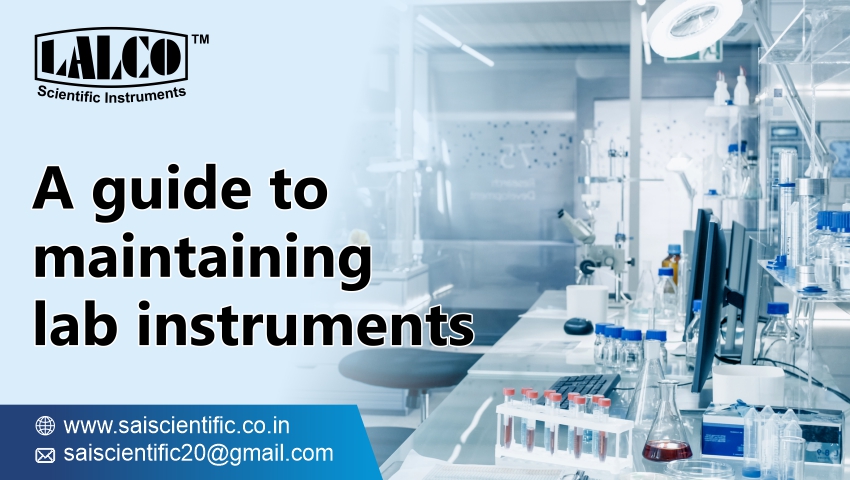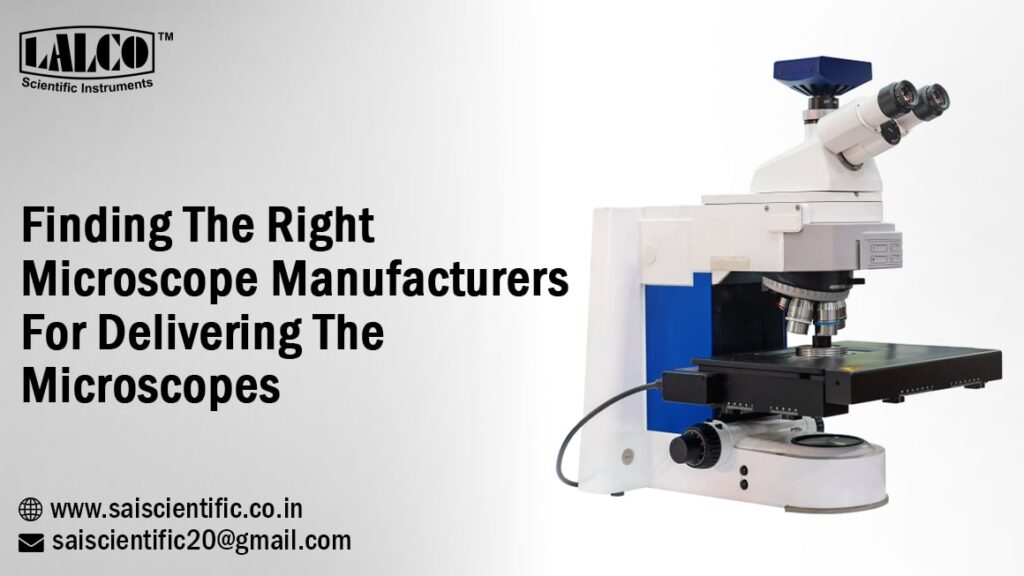If you want to stick to the inside of your expenditure or make sure that the experimental studies run smoothly and efficiently, the first stage must always be device upkeep. Lab instrument manufacturers like Sai Scientific recommend frequent maintenance of your instruments, so they don’t give you a run for your money.
Taking freshly made specimens to a device and uncovering that it is damaged is among the most infuriating things inside the lab. Without a perfectly clean lab to operate in, the threat of cross-contamination would be likely to make good housework as crucial as the research itself.
Samples, reagents, and schedules are squandered, making no one pleased, from pupils to research facility supervisors and managers. Hardware is always one of the most expensive investments in a research facility, so taking appropriate care of whatever you have is an additional advantage. Many laboratory environmental instrument manufacturers provide instruments with an added level of safety and security, so the device has the appropriate value for its money.
Clean after use
One of the simplest, most cost-effective, and sensical ways to keep the lab in good condition is to clean the area, but it’s remarkably more neglected than you think. Sweeping up after one’s own is a simple way to keep your belongings in good condition, but it is often at bay in a research facility. Following simple cleaning processes will maintain your lab’s control measures in good working order. Furthermore, simply performing a regular lab deep cleaning can help to keep dust at bay. You must wash down outer surfaces regularly, and you can also schedule a thorough cleaning weekly.
Calibration
Failing to fine-tune your technology daily can result in a loss of precision in your information, leading to the termination of full experimentation. Calibration and frequent necessary maintenance maintain your tools operating as precisely as possible. Furthermore, proper calibration will improve lab security where harmful chemicals are in question. Using specifically made labels fastened to hardware and document maintenance data is an excellent tool to track regular maintenance and calibration. A range of services is available to ensure that your hardware is adjusted regularly and to the correct standard.
Refurbish
When it comes to durability, refurbishing the hardware (i.e., intending to take it apart aspect by aspect to tidy and fix it) has benefits. Repairing damaged parts can be highly beneficial. If the goods still operate but it’s not as seamlessly as they once did, refurbishment may be the answer. It allows you to check the current performance of your elements and decide which ones have to be changed or fixed. To carry out another process, you’ll have to know the first thing or two about the goods you’re trying to work with, but it can assist objects in recovering to as good as possible.
There may be a few issues that you cannot solve or repair with all of these procedures. If you cannot resolve a problem, there is no pity in contacting the manufacturer of the tool to have it repaired. Maintain a basic housework guideline for the research lab to remind staff about which responsibilities to complete daily, such as emptying and sanitizing worktops, mopping floors, and disinfecting the lab’s most prevalent contact points.



